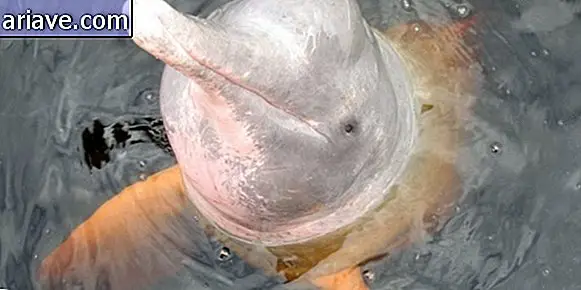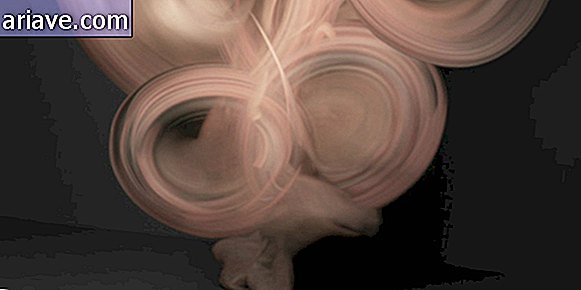Egyptians began mummifying their dead long before thought
When it comes to the Egyptian mummies, it is most common for us to associate these preserved bodies with the time of the pharaohs. In fact, this thought does not differ much from what scholars dedicated to studying Ancient Egypt believed, since, as far as was known from archaeological discoveries, the practice of mummification appeared around 2, 200 BC, and reached its apex about 1000 BC
However, recent research has revealed that mummification techniques were developed by the ancient Egyptians long, long before that. The discovery came after a team of scientists - from the universities of York, Macquarie, Oxford, Warwick, Trento and Turin - conducted a series of analyzes on a mummified body at the Egyptian Museum in Turin, Italy, and concluded that he was submitted to the preservation process 5, 600 years ago, that is, 1.5 years earlier than the previous consensus pointed out.
Tests and more tests
The mummy in question - known as “S. 293 ”- belongs to a man who died between the ages of 20 and 30 between the years 3, 700 and 3, 500 BC, and was part of the museum's collection since 1901. The cool thing about this body is specifically that Although he has been “guarded” for over a century, he as an artifact never received any modern preservation treatment. In addition, it was thought that this corpse had gone through a natural process of mummification by being exposed to the rigors of the Egyptian desert when it was buried.

This means that this mummy specifically was the ideal candidate for the tests the researchers conducted. And what did they do exactly? In addition to a detailed visual investigation of the body and the textile materials found surrounding the body, the scientists subjected several samples to radiocarbon dating, chemical analysis by liquid chromatography and mass spectrometry as well as pyrolysis and thermal desorption, and metagenomic analyzes to detect possible pathogens.

We at Mega here will be very honest with you ... We do not know how all these exams - with names beyond complicated! They work exactly, but they confirmed the age of the mummy and revealed the presence of chemicals used by the ancient Egyptians in the mummification process.
Precursors
More precisely, the tests established that the tissues used to wrap the body were soaked with a mixture of vegetable oils, a resin from a coniferous plant (which was carefully warmed before application), aromatic extracts and a sugar-rich vegetable gum - a mix that, according to scientists, had preservative and bactericidal properties.

What's cool is that, according to the researchers, this recipe is basically the same as the mummifiers used 2, 500 years later, when the custom of preserving corpses reached its peak in ancient Egypt. Another interesting thing is that the place where the mummy was discovered indicates that the practice of mummifying the dead also occurred in a much broader region than previously established.
The belief is that the ancient Egyptians began to develop their impressive preservation techniques after noticing how the arid and hot desert climate eventually mummified the bodies of the dead. To the surprise of the scholars, however, the creation of prescriptions and methods for embalming corpses came much sooner than imagined.
***
Do you know the Mega Curioso newsletter? Weekly, we produce exclusive content for lovers of the biggest curiosities and bizarres of this big world! Register your email and do not miss this way to keep in touch!











